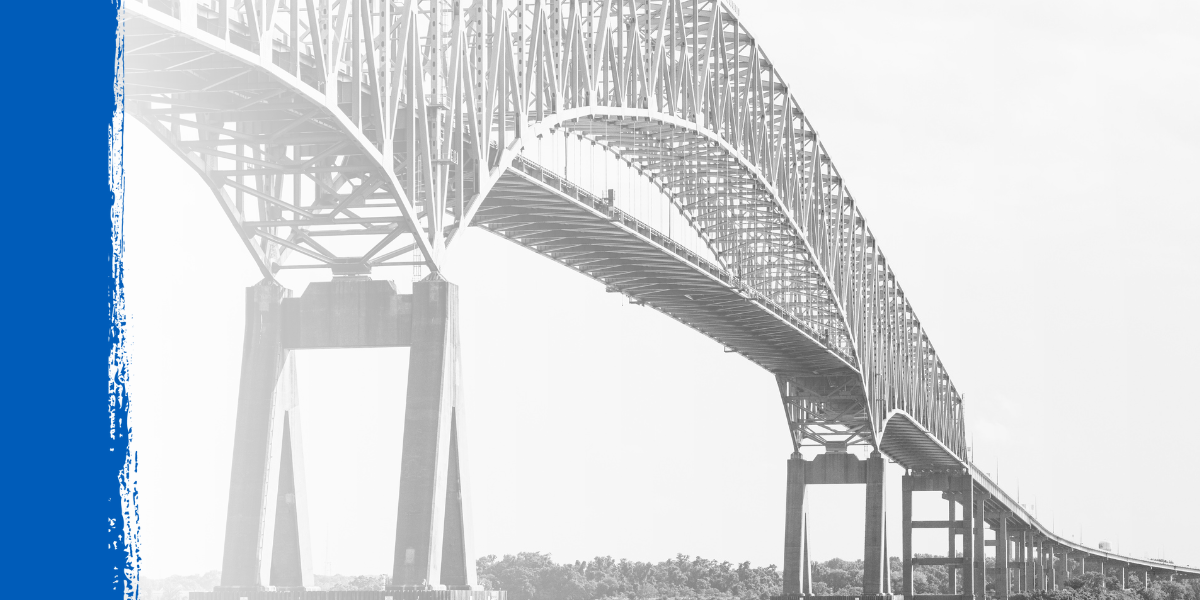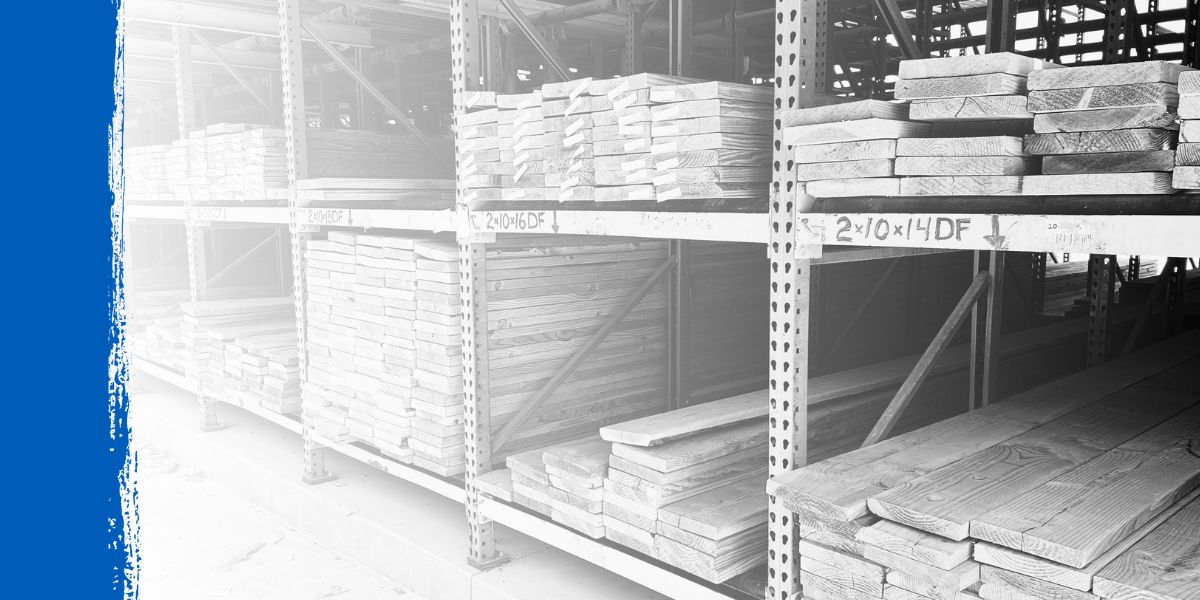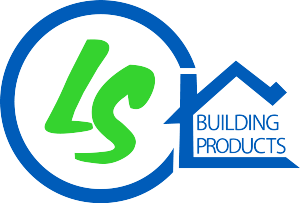When designing or renovating a porch, ceiling material plays a bigger role than many realize. Beyond aesthetics, it impacts long-term durability, maintenance, and overall project cost. At LS Building Products, we help contractors and builders choose ceiling materials that meet the demands of central Illinois’s varied climates—ensuring long-term performance and happy clients.
Why Porch Ceiling Material Matters
Porch ceilings are constantly exposed to the elements—moisture, humidity, and temperature swings. Choosing the right material:
- Prevents warping, cracking, or rot
- Reduces maintenance over time
- Supports fire resistance and ventilation
- Enhances overall curb appeal
Top Porch Ceiling Materials to Consider
Wood (Pine, Cedar, Douglas Fir)
Wood remains a traditional favorite for porch ceilings thanks to its warm, natural look and adaptability to a range of architectural styles. However, it requires consistent upkeep, especially in climates with heavy moisture or temperature shifts.
Pros:
- Natural charm and character
- Easy to stain or paint
- Works well in historic or custom home projects
Considerations:
- Prone to rot, warping, and insect damage
- Requires regular sealing or painting to maintain appearance
Composite Porch Boards
Composite materials offer the look of wood with the benefits of modern technology. Designed to resist moisture and fading, composite boards are a strong fit for porches in humid or rainy environments.
Pros:
- Moisture-resistant and low maintenance
- Uniform finish and appearance
- Ideal for clients seeking long-term performance
Considerations:
- Limited customization after installation
- May have a more uniform appearance than natural wood
Aluminum Soffit Panels
For projects that demand durability in extreme conditions, aluminum panels offer a clean, efficient solution. Their weather resistance and fire safety benefits make them a popular choice for both residential and commercial applications.
Pros:
- Fire and weather resistant
- Lightweight and easy to install
- Doesn’t warp, rust, or attract pests
Considerations:
- A more modern or industrial look
- Fewer color and texture options than other materials
Comparing Porch Ceiling Material Performance in 2025
Here's how common options compare:
|
Material Type |
Primary Advantages |
Best Applications |
|---|---|---|
|
Wood (Pine to Cedar) |
Natural aesthetics, traditional appeal |
Historic restorations, budget projects |
|
Composite Boards |
Low maintenance, moisture resistance |
Coastal environments, busy homeowners |
|
Aluminum Panels |
Maximum weather resistance, fire safety |
Commercial projects, harsh climates |
The Shift Toward Synthetic Materials
While wood is still widely used, many contractors are transitioning to synthetic options like cellular PVC and fiber cement for superior durability. These materials are engineered to withstand moisture, resist rot, and hold their finish without the need for repainting.
Why contractors prefer synthetics:
- No warping or swelling in humid conditions
- No rot or mildew over time
- Pre-finished options reduce labor on site
- Compatible with modern lighting and fan installations
In one New Jersey coastal renovation, a builder utilized cellular PVC beadboard, resulting in a notable reduction in labor time, along with a cleaner and more precise finish compared to traditional tongue-and-groove wood.
Design Meets Durability
Today’s synthetic materials come in a variety of styles—from beadboard and shiplap to flat or grooved panels—with textures that mimic natural woodgrain. Whether you're matching a classic farmhouse or a more modern aesthetic, there are plenty of options to fit the look.
Common colors include:
- Crisp white
- Soft grays
- Warm tans
- Wood-tone finishes
Tongue-and-groove systems also help ensure a seamless, gap-free appearance while simplifying installation.
Porch Ceiling Material by Climate
Selecting the right porch ceiling material depends heavily on your project's environment:
Humid or Coastal Climates
- Prioritize moisture-resistant materials like PVC or fiber cement
- Avoid natural wood unless properly sealed and maintained
Temperate Inland Areas
- Wood is suitable, but should be monitored for wear
- Composite materials are a strong, low-maintenance alternative
Fire-Prone Regions
- Fiber cement offers added protection with non-combustible properties
- May help meet local building codes and reduce fire risk
Long-Term Value Through Low Maintenance
One of the biggest advantages of synthetic materials is the reduction in long-term upkeep. Unlike wood, which requires ongoing sealing or painting, composite and PVC options maintain their finish year after year—saving time, labor, and future maintenance costs.
For busy homeowners or property managers, this reduced maintenance translates into peace of mind and lasting value.
Installation Considerations for Contractors
Porch ceilings today must accommodate more than just appearance. Contractors should also consider:
- Electrical integration for recessed lights, ceiling fans, or speakers
- Ventilation and airflow, especially in covered porch designs
- Proper framing for heavier or longer panel spans
- Vapor barrier placement in climates with high humidity or precipitation
Many synthetic systems come pre-finished and are designed for easier installation—eliminating the need for onsite painting and reducing project timelines.
Don't Overlook Fire Resistance
Fiber cement ceilings provide:
- Non-combustible protection
- Code compliance in wildfire zones
- Reduced insurance risk in some areas
Total Cost of Ownership: The Long-Term View
While wood has a lower upfront cost, it often leads to:
- Regular painting and sealing
- Potential replacement in high-moisture areas
Synthetic materials may cost more initially, but:
- Require little to no maintenance
- Offer decades of reliable performance
- Are backed by long-term warranties
.png?width=1338&height=798&name=image%20(43).png)
Build with Confidence with LS Building Products
At LS Building Products, we partner with trusted brands like Quality Edge, VERSATEX, AZEK, and James Hardie—delivering high-performance materials and expert support to contractors across central Illinois.
Whether you're specifying products for a new build or upgrading an existing porch, our team can help you match the right materials to the project goals, budget, and local climate demands.
Have questions about material pricing or availability? Contact LS Building Products for expert support in your specific project requirements and client expectations.
Frequently Asked Questions
What’s the most durable porch ceiling material?
Cellular PVC and fiber cement are the most durable, offering moisture, rot, and pest resistance.
Can I use interior-grade wood on a porch ceiling?
No—always use exterior-rated wood or synthetics to avoid moisture issues.
Are synthetic ceiling materials paintable?
Some are, but most come pre-finished and don’t require painting, reducing maintenance.
What’s the best option for a budget-conscious project?
Pine beadboard is cost-effective but needs ongoing maintenance. Composite boards offer a balance between cost and performance.
Do I need to install a vapor barrier with a porch ceiling?
In humid climates or over enclosed spaces, yes—a vapor barrier helps prevent condensation buildup.
How do I coordinate the ceiling with the rest of the exterior?
Match ceiling finishes to trim, siding, or accent colors for a cohesive exterior look. Many synthetic options come in complementary color palettes.
.png?width=98&height=67&name=Logo%20(13).png)
.png) Transform Your Porch with Quality Edge Porch Ceiling Solutions" loading="lazy">
Transform Your Porch with Quality Edge Porch Ceiling Solutions" loading="lazy">


.jpg)



